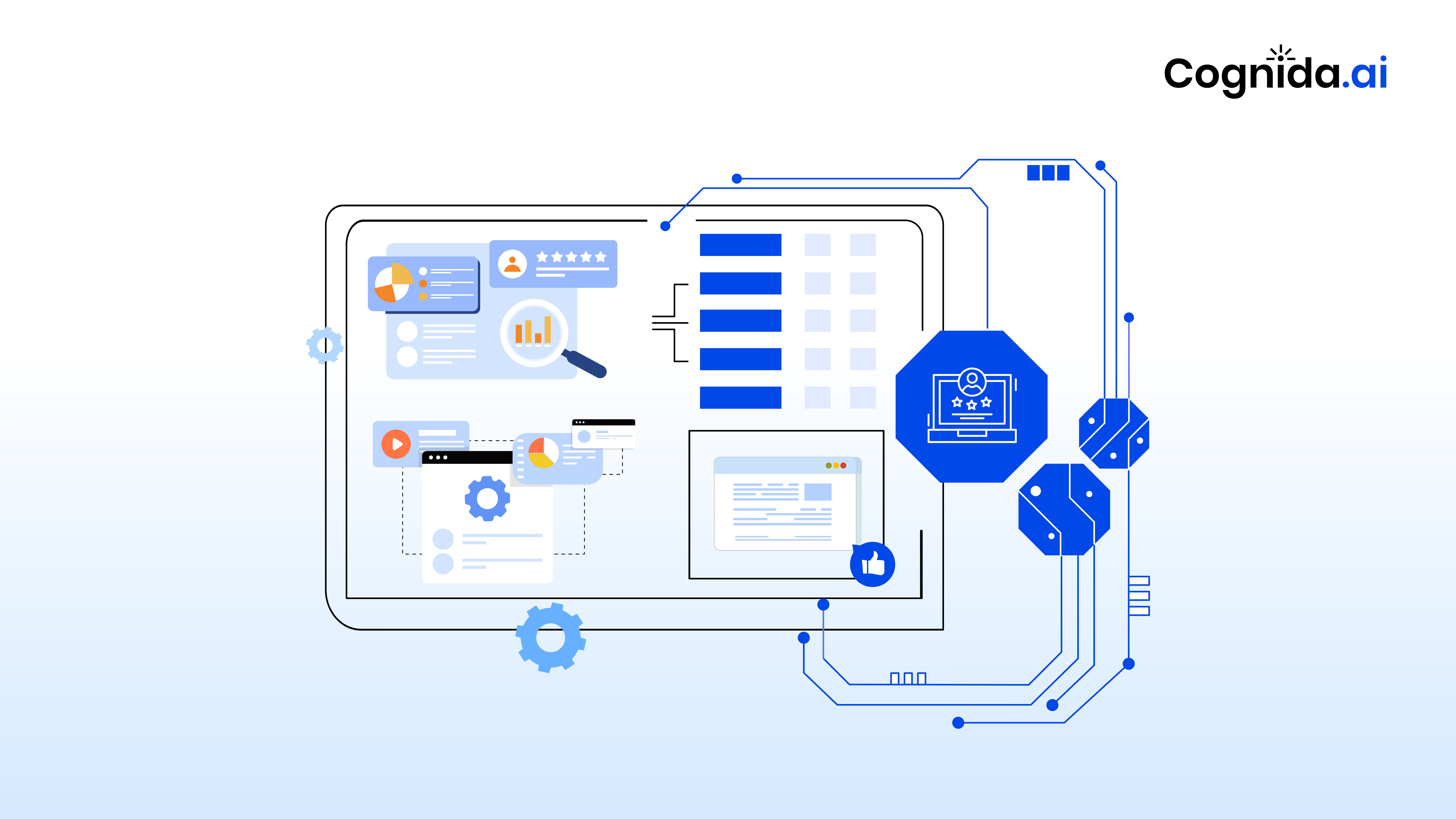Using NLP in Customer Feedback Analysis

Customer feedback is important for businesses. By listening to customers, they can make informed decisions, enhance products or services, and tailor their offerings to meet customer needs better.
Positive feedback leads to stronger customer relationships, increased market share, and long-term success in a competitive marketplace.
But how does a company analyze customer feedback? The manual process is time-consuming and inefficient. However, you cannot miss this step. It is important to review customer’s preferences and pain points at regular intervals.
Let us see how Natural Language Processing (NLP) and similar techniques can help enterprises analyze customer feedback accurately.
NLP Techniques in Customer Feedback Analysis
Natural Language Processing, a subset of artificial intelligence, can make human-like conversation through speech or text. Here are five popular techniques to process customer feedback and obtain relevant results.
-
Sentiment Analysis:
- Accurately understand the emotional intent of the text – whether positive, negative, or neutral. Enterprises can understand customer feedback better and process it to boost customer satisfaction.
-
Summarization:
- NLP reduces text and highlights relevant information. Time-sensitive readers find it easy to understand the message. Businesses apply text summarization to identify the most common issues that customers talk about in their reviews. This helps brands build long-term relationships and fosters brand loyalty.
-
Named entity recognition:
- A piece of text is processed to extract entities into predefined categories like personal names, organizations, locations, etc. This information helps arrange customer data to address specific issues and saves a lot of time. It improves resolution rates and boosts customer satisfaction.
-
Machine Translation:
- AI helps translate one language into another. Google Translate is a great example. Processing global customer feedback becomes easier, enabling businesses to serve customers in new markets and geographies.
-
Instant Query Resolution:
- It answers queries listed by the users in human language, either through multiple-choice questions or open-domain models. Both models are used to analyze customer queries and list probable solutions.
NLP automates answers FAQs using a knowledge base as reference. Businesses use chatbots powered by a Q&A system to resolve customer queries quickly and improve customer satisfaction levels.
- It answers queries listed by the users in human language, either through multiple-choice questions or open-domain models. Both models are used to analyze customer queries and list probable solutions.
Use Zunō.Assist to enhance Customer Satisfaction
Zunō.Assist combines NLP, enterprise knowledge base, and conversational user experience to boost satisfaction and optimize business performance. It collects customer feedback by simply talking to the user, without filling any feedback form. The collected data is processed to build a simplified customer support system. This system can automatically address customer queries without human intervention. This way, businesses achieve a high level of customer satisfaction and improve operational efficiency.